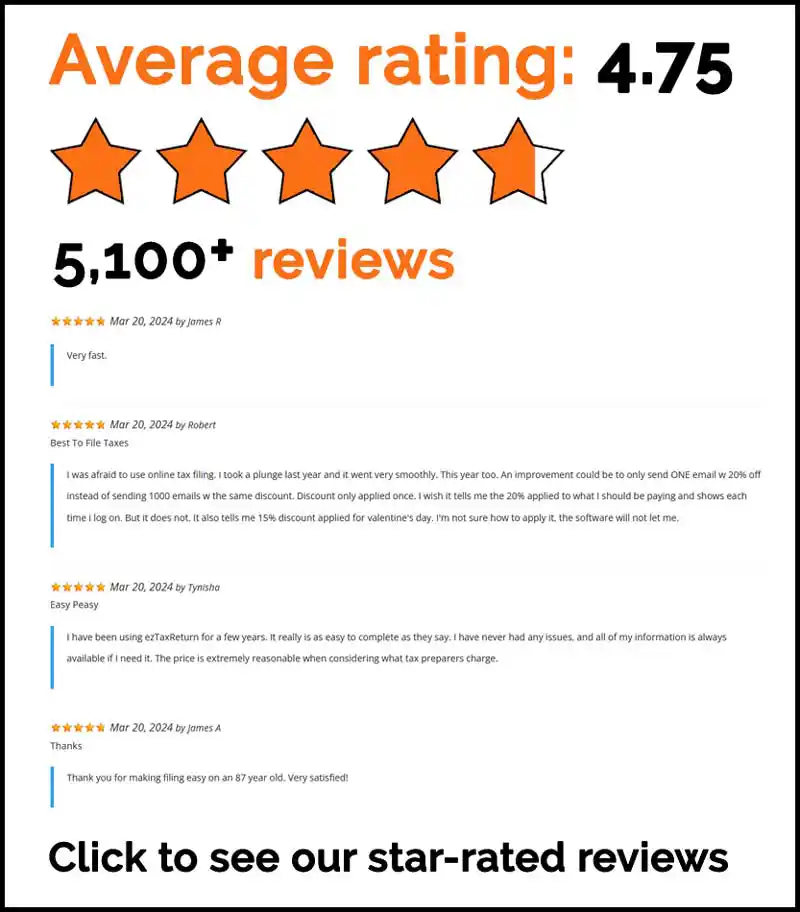The information in this article is up to date for tax year 2024 (returns filed in 2025).
As 2024 draws to a close, we have a few year-end reminders for those who already have an Individual Retirement Account (IRA) or plan to open one soon.
Individuals can choose a brokerage, bank, or qualified financial institution to manage their IRA investments.
What Are the Different Types of IRAs?
When it comes to planning for retirement, understanding your Individual Retirement Account (IRA) options is crucial. IRAs provide tax advantages for retirement savings, and there are several types to choose from. Here’s a breakdown of the most common options:
Traditional IRA: Contributions to a Traditional IRA are tax-deductible, and the money grows tax-deferred. However, you’ll pay ordinary income tax on withdrawals in retirement. There are no income limitations to opening a Traditional IRA, but there are annual contribution limits.
Roth IRA: Contributions to a Roth IRA are made with after-tax dollars, so you’ve already paid income tax on the money. The money grows tax-free, and withdrawals are tax-free if you meet certain conditions, such as being 59½ or older and having owned the account for at least five years. Roth IRAs have income limits on who can contribute, and the limits are based on your modified adjusted gross income (MAGI).
SEP-IRA: A SEP-IRA is a type of Traditional IRA that allows self-employed individuals and small business owners to make tax-deductible contributions for themselves and their employees.
SIMPLE IRA: A SIMPLE IRA is a type of Traditional IRA that allows small business owners to make tax-deductible contributions for themselves and their employees.
It’s essential to understand the differences between these IRA options and choose the one that best fits your retirement savings goals and income level.
Be Aware of the Roth IRA Contribution and Deduction Limits
This year, your IRA contribution limit is up to $7,000 ($8,000 if you’re 50 or older) for both traditional and Roth IRAs. As long as you file a joint tax return, you and your spouse can each contribute to an IRA even if only one spouse has earned income. If you haven’t already reached your contribution limit, you have until April 15, 2025 to make contributions for 2024.
When you contribute to a traditional IRA, your contributions are deductible on your tax return. If you’re covered by a retirement plan at work, the phase-out ranges for 2024 are:
• Single or Head of Household – $77,000 and $87,000
• Married Filing Jointly or Qualifying Widow(er) – $123,000 and $143,000
• Married Filing Separately – $0 – $10,000.
Avoid Making Excess Traditional IRA Contributions
If your contributions exceed the IRA limits for 2024, you will have to pay a six percent tax on the excess amount. This is not a one-time penalty, you will continue to pay taxes on the excess amount every year as long as the money remains in your account. In order to avoid the taxes, the excess must be withdrawn by the tax deadline.
Take Your Required Minimum Distribution (RMD)
Taking your Required Minimum Distributions (RMDs) is something you’ll need to stay on top of once you hit the required age. Starting in 2023, you’ll need to begin taking RMDs at age 73. If you turned 73 this year, you have until April 1, 2025, to take your first RMD. You must take you second RMD by December 31, 2025.
The amount you need to withdraw is based on the balance in your retirement accounts and your life expectancy, which is figured using IRS tables. If you forget or skip an RMD, you could face a hefty penalty which is 25% of the amount you missed. It’s important to keep track of your RMDs to avoid penalties and make the most of your retirement funds.
IRA Distributions May Impact Your Premium Tax Credit
If you plan to take an IRA distribution at the end of the year and expect to claim the premium tax credit, choose your distribution amount carefully. Taxable distributions increase your income which may make you ineligible for the premium tax credit. If your distribution boosts your household income over the 400% federal poverty line for your family size, you’ll have to repay all of the advance credit payments made on your behalf.
A Spousal IRA Can Help Non-working Spouses Boost Retirement Savings
A Spousal IRA is a type of IRA that allows a working spouse to contribute to an IRA on behalf of a non-working spouse. This can be a great way to boost retirement savings for couples where one spouse doesn’t work outside the home.
To qualify for a Spousal IRA, the following conditions must be met:
The couple must file a joint tax return.
The working spouse must have earned income from a job.
The non-working spouse must not have earned income from a job.
The couple must meet the income limits for IRA contributions.
Spousal IRAs can be either Traditional or Roth IRAs, and the contribution limits are the same as for individual IRAs. The working spouse can contribute to the Spousal IRA in addition to their own IRA, as long as the total contributions do not exceed the annual limit.
It’s essential to note that Spousal IRAs are subject to the same rules and regulations as individual IRAs, including the requirement to take required minimum distributions (RMDs) starting at age 73.
Don’t let tax season sneak up on you! File with ezTaxReturn to ensure your IRA contributions are reported correctly and you get the biggest possible refund, guaranteed.
The articles and content published on this blog are provided for informational purposes only. The information presented is not intended to be, and should not be taken as, legal, financial, or professional advice. Readers are advised to seek appropriate professional guidance and conduct their own due diligence before making any decisions based on the information provided.




